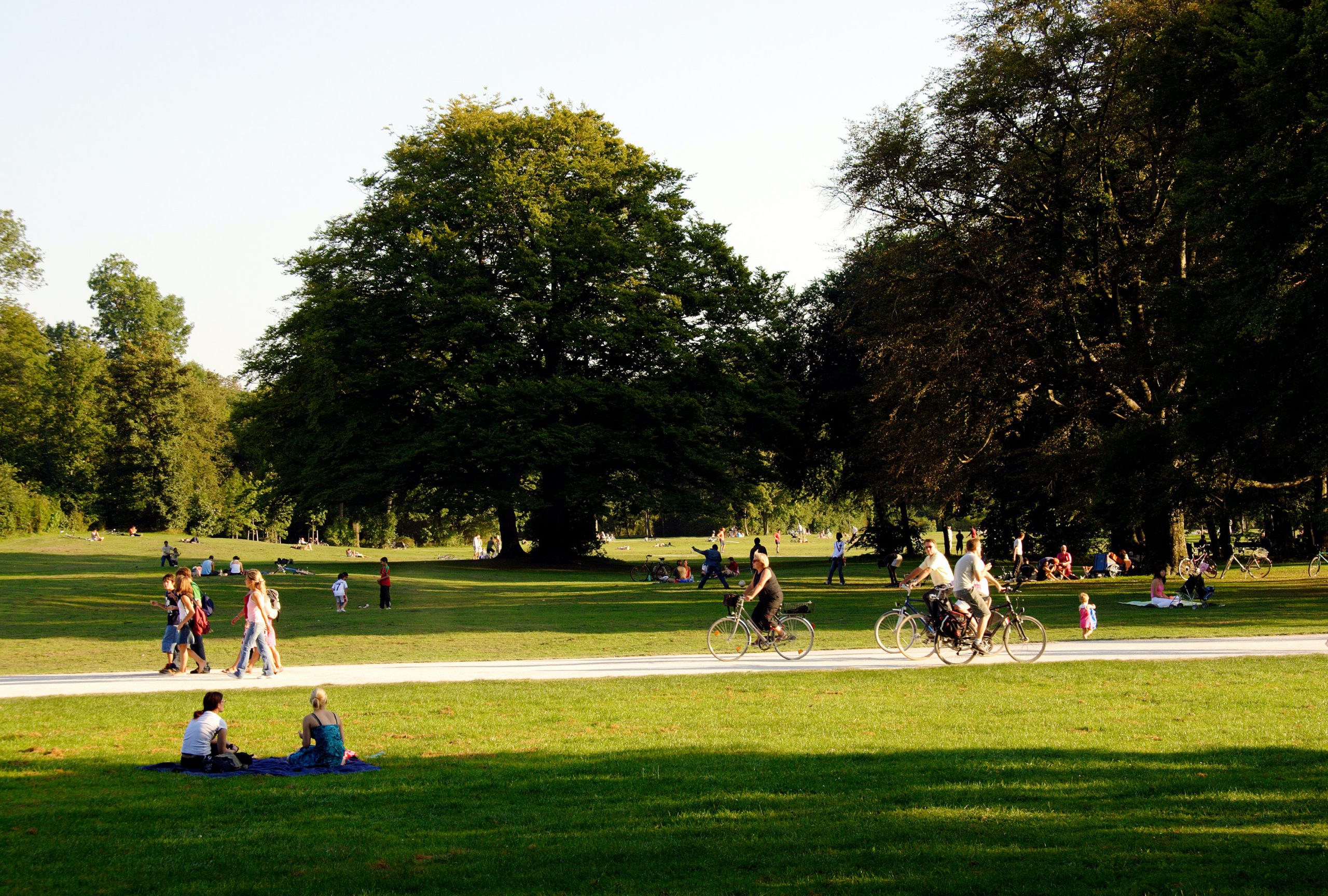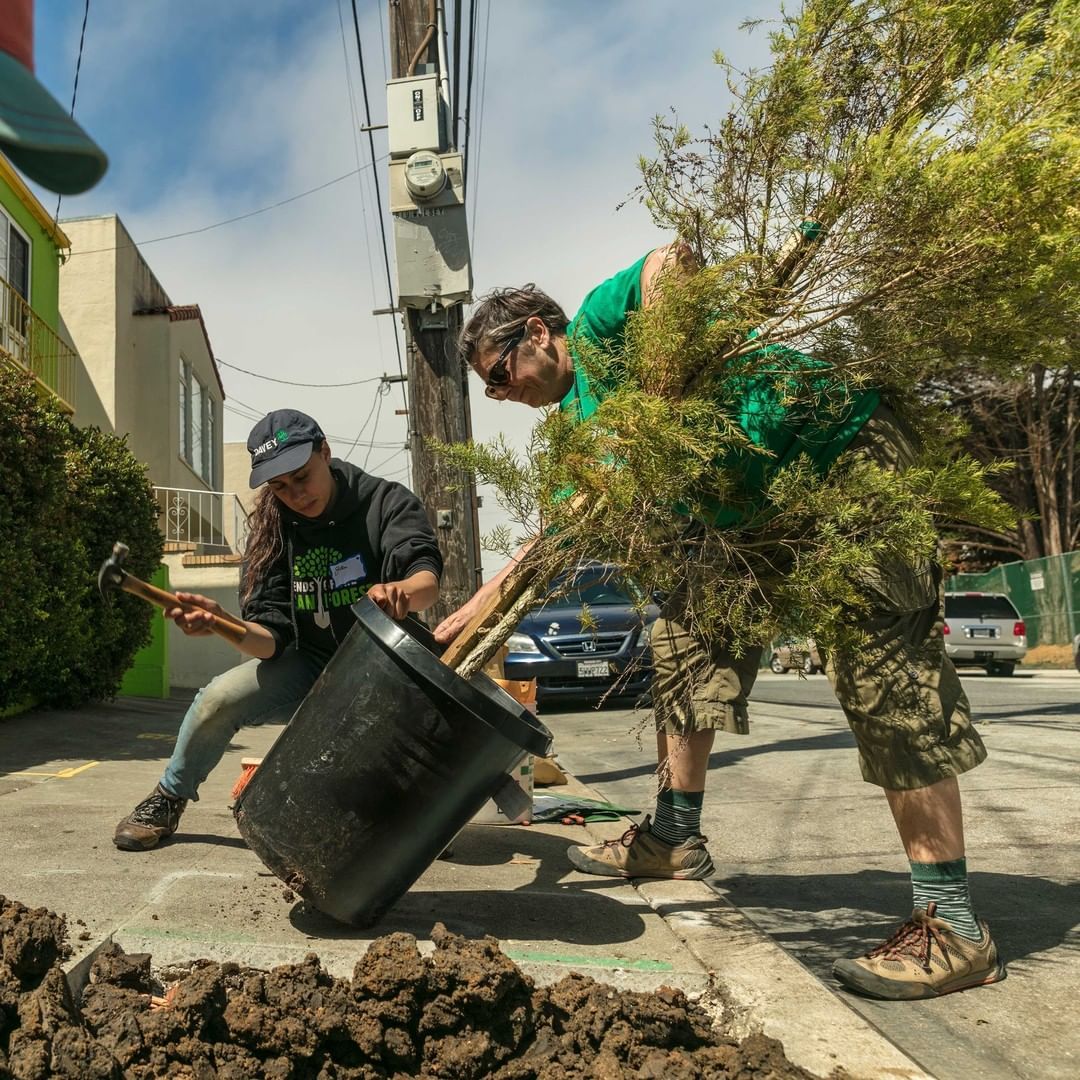Giving Tuesday is a global generosity movement, taking place each year after Black Friday. It’s a time when charities, companies, and individuals join together and amplify small acts of kindness. It embodies the holiday season’s true spirit, and we love the opportunity it gives us to connect with our community.
This year we’re excited to support a nonprofit organization that’s not only ensuring that more trees are planted in our communities, but that everyone gets to enjoy them.
Who are we supporting for Giving Tuesday?
This year, 10% of all sales will go to American Forests, a nonprofit organization ensuring socioeconomically neighbourhoods have the same access to urban trees and forests as wealthier ones. American Forests advocates for Tree Equity and has created a Tree Equity Score that helps identify these imbalances. Our Giving Tuesday donation will help support their Tree Equity program.
What’s Tree Equity?
Tree Equity is about ensuring everyone can experience the benefits of trees, regardless of what neighbourhood they live in. Across the United States, underprivileged, marginalized and neighbourhoods of colour have less access to trees than wealthier, whiter ones. Research has shown that, on average, neighbourhoods of colour have 33 percent less tree coverage than comparable majority-white neighbourhoods and neighbourhoods dealing with extreme poverty have 41 percent less coverage.
Trees are a critical infrastructure that every person in every neighbourhood deserves. Equitable tree cover across neighbourhoods can help address social inequities so that all people can thrive.

What’s Tree Equity Score (TES)?
Tree Equity Score calculates a score for all 150,000 neighbourhoods and 486 municipalities in urbanized areas across the continental United States — cities and nearby small towns with at least 50,000 people.
Each score indicates whether there are enough trees in a neighbourhood for everyone to experience the health, economic and climate benefits that trees provide. Scores are based on tree canopy, surface temperature, income, employment, race, age and health factors.
Neighbourhoods are scored on a 0-to-100 point system. City government employees, community activists, urban foresters and others can use the score to make the case for planting trees in the neighborhoods that need them the most and allocating the resources needed to do so.
Why do neighbourhoods need trees?
Trees are the unsung heroes of our neighbourhoods. In urban settings, tree canopies help sequester carbon, filter the air, enhance water quality, reduce stormwater management costs, and have a positive impact on our mental health. Spending time around trees has been shown to reduce stress, lower blood pressure, and boost our mood.
Trees are also one of our best defenses against the heat. This point becomes increasingly important as the temperature of our planet continues to rise due to climate change. When strategically planted, trees can help cool us, our homes, and our neighbourhoods in different ways.
- Shade is one the most obvious ways trees keep things cool. Not only are our bodies protected from the sun when we take shelter under a tree, but solar radiation is prevented from hitting the pavement. Without the shade of a tree, solar radiation would be absorbed by the pavement and then re-released into the air as heat.
- Trees also help moderate the air temperature immediately around them through a process called transpiration. Trees absorb water through their roots. Then through transpiration, some of the water is released back into the air through tiny pores in their leaves.
- Finally, when strategically planted, trees can help shelter buildings from the most intense hours of sunlight, resulting in lower energy use and bills.
It’s clear that there are big advantages when your street is lined with trees. But what happens in communities where tree coverage is sparse or non-existent?
What are the effects of poor tree equity?
Neighbourhoods with poor Tree Equity, where trees are lacking and paved surfaces are dominant, are known as urban heat islands. These areas are on average 5–7 degrees hotter during the day and up to 22 degrees hotter at night. The lack of trees in these areas can mean extra heat and life-or-death consequences for the people who live there.
Recent research led by Duke University estimates heat already causes 12,000 premature deaths in America annually, which could increase to nearly 100,000 per year under the worst climate change scenarios. Sadly, Tree Equity Scores show that this extra heat is borne most often by communities of color and lower-income communities.
The video below from Vox explores this issue in Phoenix, Arizona.
As we enter a new era of extreme heat where intense heat waves are becoming the norm, it’s important that cities plant the right trees in the right places to create healthier, climate-resilient communities for everyone.
How can you help?
Just by educating yourself on the topic, you’re already taking the first step towards advocating for Tree Equity. Here are some other ways you can ensure greener neighbourhoods that everyone can benefit from.
Plant trees with American Forests
One of the easiest ways you can support Tree Equity is by donating directly to American Forests.
You can also support them through your holiday shopping. If you have tentree items in your cart, you can check out on Giving Tuesday. Not only will 10% of sales go towards American Forests, but we also plant ten trees for every product you purchase.

Volunteer in your community
Explore tree planting opportunities in your own community. Get in touch with local tree-planting groups and make your neighbourhood greener by volunteering your time.
Write to your elected officials
Lend your voice and encourage your elected officials to support legislation that will help restore forests in the United States.
- Support Historic Funding for America’s Forests
Two pieces of legislation that will soon be voted on could result in $50 billion in federal funding to save existing forests and bring degraded and destroyed forests back to life. Show your support here. - Support the TREES Act
The TREES Act of 2021 would result in 300,000 more trees planted annually, particularly in the many underserved communities of the United States where trees are sparse. Show your support here.
Plant a tree
Take matters into your own hands and make your neighbourhood greener by planting a tree on your own property. By following these eight steps you can learn how to go about choosing the right tree and how to properly plant it to ensure you get all the benefits.

